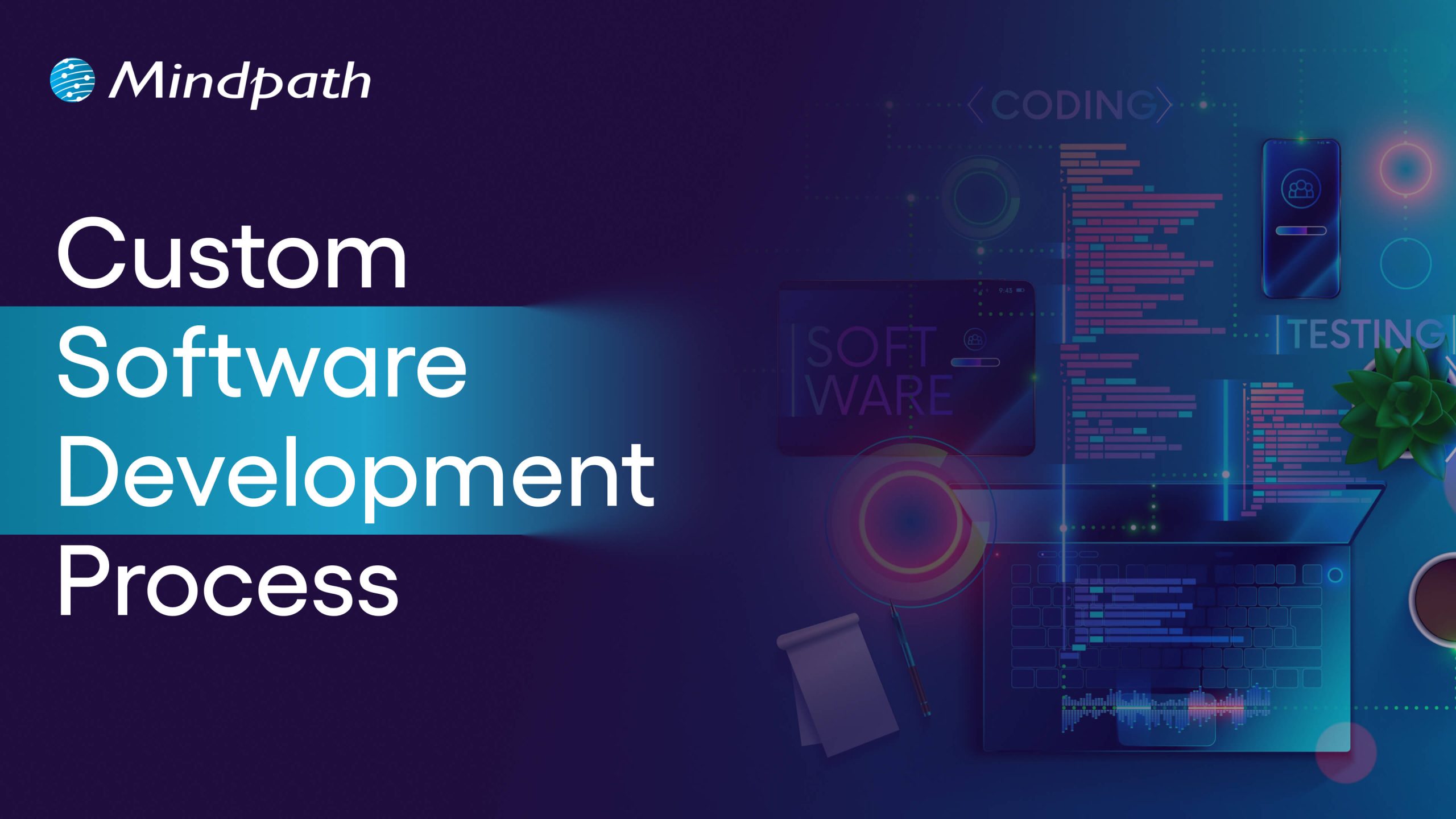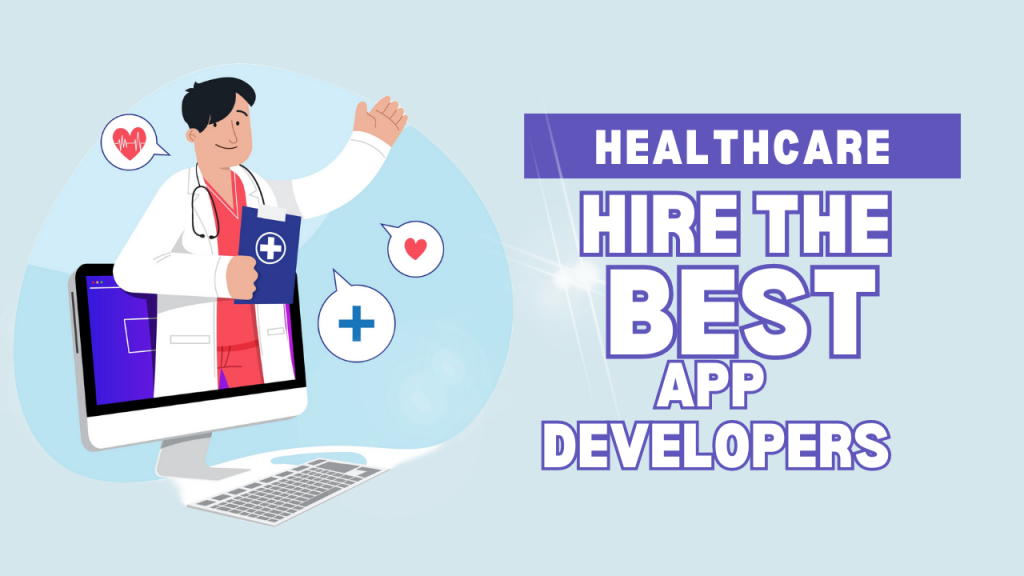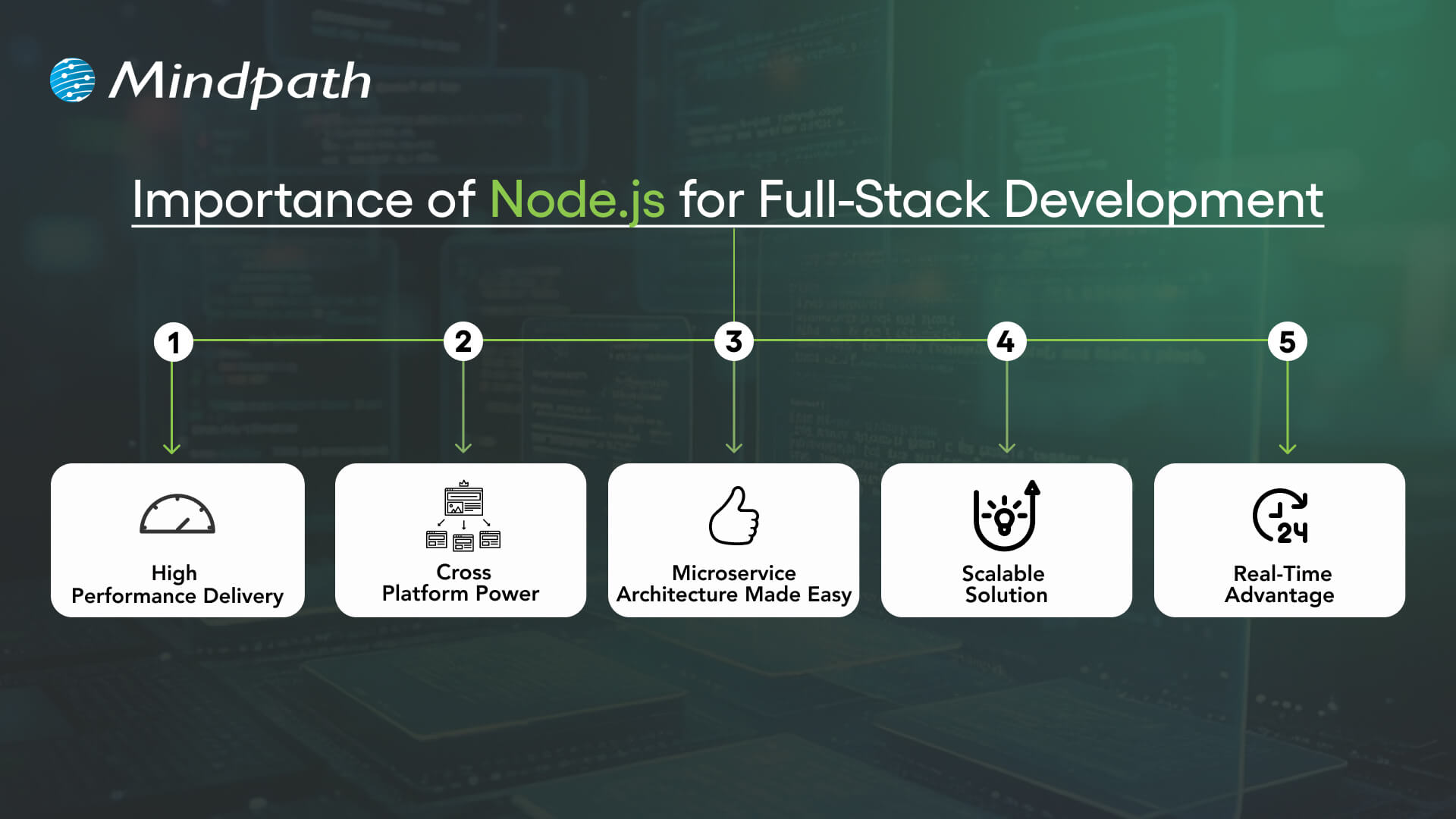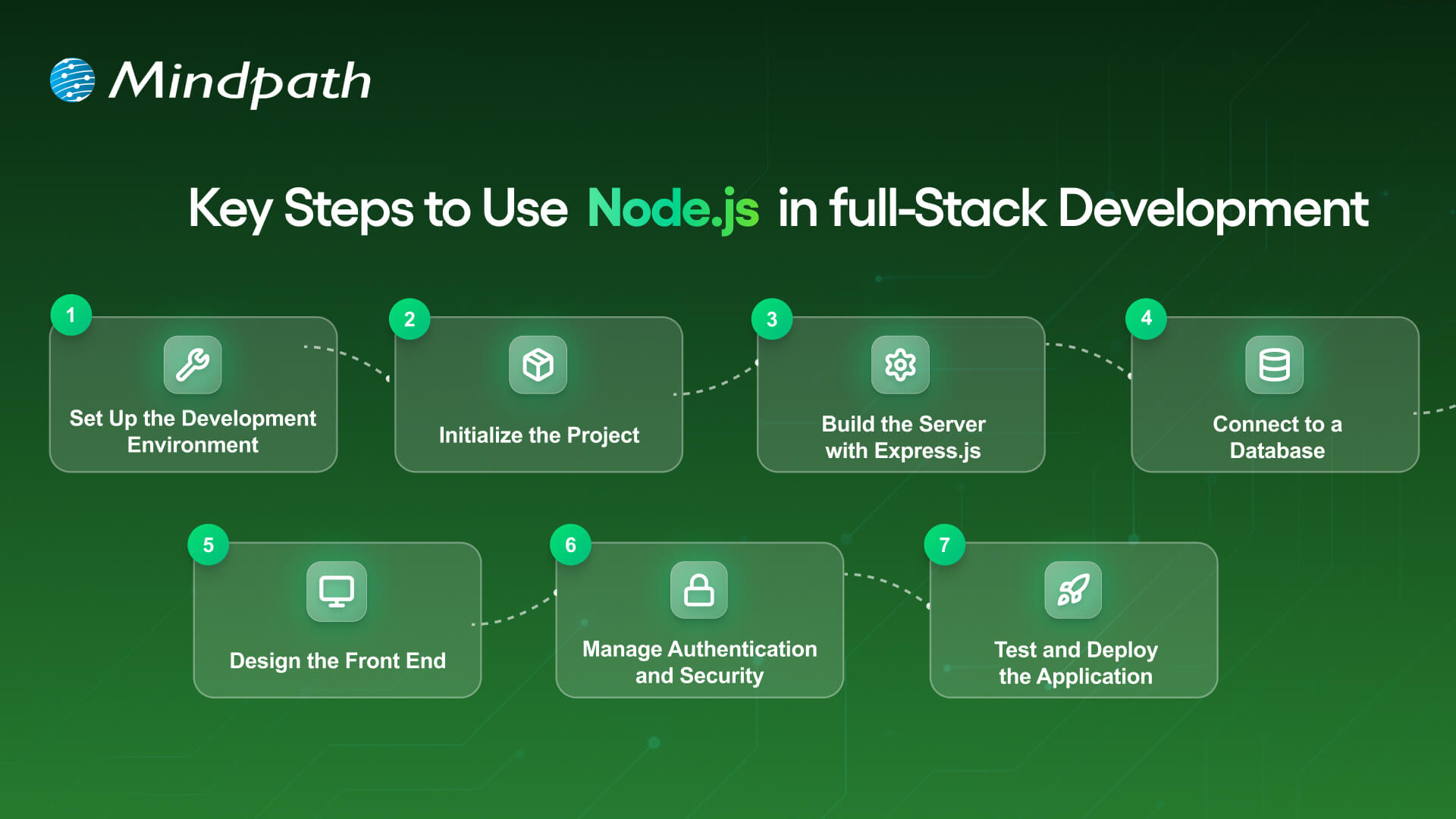Have you ever wondered how modern software teams deliver new features or fix bugs so quickly? The secret often lies in CI/CD pipelines. But what exactly are CI/CD pipelines, and how do they help streamline the development process? In this blog, we’ll break down the basics of CI/CD and explain why it’s becoming a game-changer in today’s software development world. So, let’s dive in!
What is CI/CD Pipeline?
A CI/CD pipeline is an automated software development process that manages the steps of code creation, testing, and delivery. Continuous Integration (CI) is a process in which developers constantly contribute code to a common repository. This code is then automatically generated and checked for issues. CD stands for Continuous Delivery, and it automates the process of delivering code changes to various environments, such as staging or production. The pipeline guarantees that each update passes through these stages seamlessly, with automated tests discovering bugs and guaranteeing that everything works before the code reaches its destination.
How Does CI/CD Pipeline Works?
The CI/CD pipeline comprises three interconnected methods: Continuous Integration, Continuous Delivery, and Continuous Deployment. Initially Continuous Integration (CI) occurs when developers consistently add code to a shared project. Each time they do this, the code is automatically built and tested for problems. Once the code has passed the tests, it is moved to Continuous Delivery (CD). The code is automatically produced and dispatched to other environments, such as staging, for additional testing. This step guarantees that the code is always ready for deployment. Finally, Continuous Deployment takes over, and the code is automatically released to production, or the live environment, with no operator involvement. These three processes together simplify the process of designing, testing and releasing software more efficiently and faster.
Advantages of CI/CD Pipelines
1. Ongoing Feedback
The concept of continuous feedback loops in a CI/CD pipeline is essential for optimizing the development process. When a developer adds changes to the code during this cycle, the pipeline automatically initiates a number of operations, including building, testing, and deployment. As the code progresses through these processes, feedback is produced promptly, identifying any problems or errors. The feedback loop enables developers to spot issues early on, whether they are linked to code quality, dependencies, or functionality. This quick reaction allows them to respond on input, make required changes, and retest the code, guaranteeing that the product is always going ahead. Developers can continue to improve their code by testing and getting feedback after each change, resulting in quicker development cycles and more stable releases. This continuous cycle of improvement not only aids in issue detection but also promotes a more efficient and responsive development process.
2. Less Downtime, More Reliability
Using a CI/CD pipeline has considerable advantages, including reduced downtime and increased reliability. When issues like deployment failures, bugs, or performance difficulties arise, manual intervention is frequently necessary, resulting in downtime and interruptions. However, the CI/CD pipeline simplifies this procedure with capabilities such as automatic rollbacks. If a deployment causes issues, the system can swiftly rollback to the software’s most recent stable version, minimizing user damage. This rollback procedure is automated, decreasing downtime and keeping users from suffering problems while developers resolve the issue. Rather than waiting for manual repairs, the program continues to operate seamlessly, providing a consistent experience. This capacity to swiftly restore stability guarantees that service dependability remains high, even when unforeseen problems occur. It also enables developers to work on the problem in the background without compromising the user experience. By automating these operations, CI/CD pipelines help produce more stable software, minimize the likelihood of prolonged outages, and improve overall application stability.
3. Lower Costs
One of the primary advantages of using a CI/CD pipeline is the decreased expenses. By automating crucial tasks such as development, testing, and deployment, the pipeline accelerates the whole workflow. Developers no longer have to manually manage each stage, which lowers time spent on repeated operations and speeds up delivery. Faster development cycles result in faster deployment of new features and upgrades, helping organizations to save money on labor and shorten their time to market. Automated testing also detects flaws early, avoiding costly repairs after launch. Additionally, because the process is automated, teams can devote more time to important activities rather than manual inspections. Longer testing and manual deployment methods in conventional software development might result in delays and higher expenses. CI/CD automates and executes these operations continually, reducing the requirement for additional staff. Companies benefit from reducing operating expenses while enhancing software delivery efficiency.
4. Catch Errors Early
Early error detection is a significant advantage of the CI/CD workflow. Continuous integration (CI) automates testing each time a new code is added to the project. This implies that each version of the code is evaluated for integration difficulties or errors as soon as it is created. Catching errors early in the process is essential because it is much easier and less expensive to address problems when they arise early in the pipeline, before the code progresses to later stages. If flaws are discovered during the construction or testing phases, developers can swiftly solve them, averting larger difficulties later on. This early identification minimizes the likelihood of defects making it into production, boosting overall software quality while saving time and money that would otherwise be spent resolving issues later. The automated tests guarantee that any integration issues are identified as soon as they emerge, allowing teams to address them swiftly and keep the development process running smoothly.
5. Better Teamwork and Integration
Using a CI/CD pipeline has several benefits, including improved team communication and system integration. CI/CD enables everyone on the team to effortlessly make code changes, distribute updates, and respond to comments in real time. Because the pipeline automates testing and deployment, developers can instantly see the effects of their changes, making it quicker to fix any issues or errors that occur. The constant feedback loop improves communication among team members, allowing them to interact more effectively. If a problem is discovered, everyone can reply promptly, either by resolving the issue or upgrading the code, keeping the project on schedule. Additionally, CI/CD simplifies system integration by ensuring that each change is automatically tested and merged with the rest of the codebase. This reduces disputes and improves processes across teams, leading to more simplified development and faster update delivery. Ultimately, CI/CD promotes a more collaborative, responsive, and integrated development environment.
Also Read: Unlocking Success: The DevOps for Businesses
DevOps Services at Mindpath
Wrapping Note!
CI/CD pipelines have transformed the way software is built and delivered, providing substantial benefits such as shorter development cycles, higher quality, and lower costs. By automating crucial steps like testing, deployment, and integration, teams can rapidly discover and resolve issues, resulting in smoother workflows and more dependable products. Mindpath’s DevOps services leverage the power of CI/CD to help organizations optimize development processes, improve collaboration, and deliver high-quality software more quickly. Mindpath’s DevOps solutions are designed to accelerate company success and innovation by improving productivity, lowering costs, and increasing dependability.
Ready to streamline your development process with CI/CD?
Partner with Mindpath today and let our expert DevOps services help you deliver high-quality software faster!














